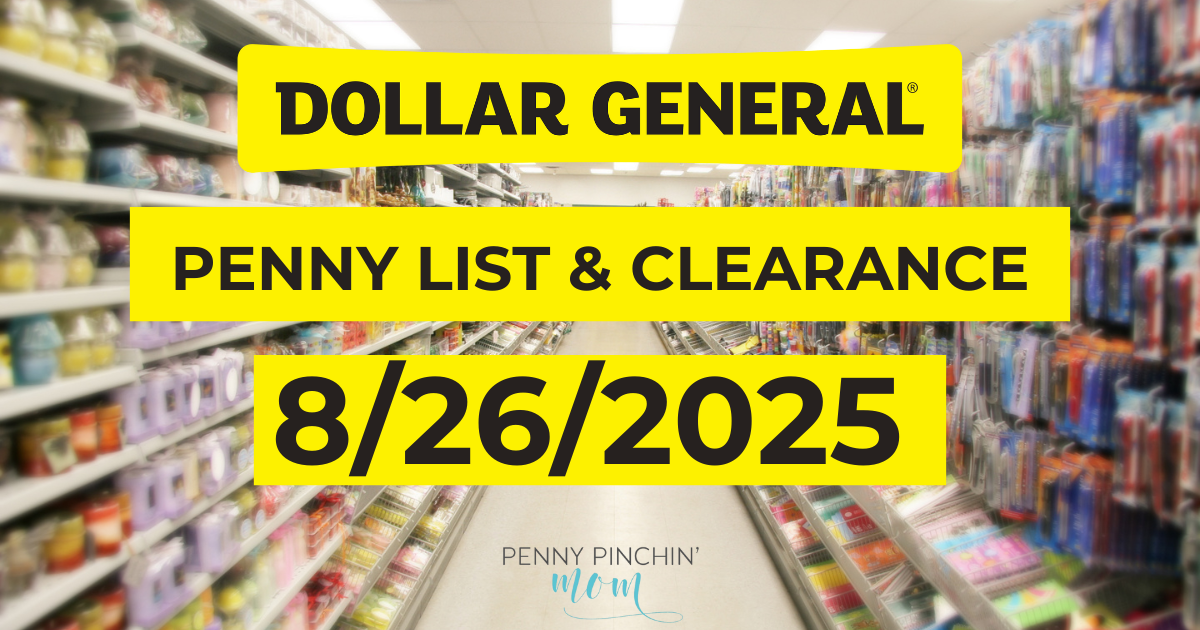If you ever land in a new country and don’t know how the local currency is valued, just look for a bottle of Coke in a shop just outside the airport. That price equates to roughly one greenback. Just be careful about what ATMs you use because they’re not all created equally. These days, you might not even need cash when you land in a foreign place. Just take an Uber to your Airbnb and sort things out after a good night’s sleep. In the morning, go find out what payment app is most popular, and you’ll never even need to withdraw cash.
Figuring out the useful apps in any country is the new way to travel as the world opens up to the digitization of consumerism. The way in which people pay for things in different places is diverse and fragmented which creates a problem for eCommerce giants that only accept Visa or Mastercard. That’s where dLocal enables large merchants like Amazon, Uber, Microsoft, and Nike to easily begin taking payments using a single application programming interface (API). In other words, with a single connection, an eCommerce firm can access 2 billion emerging market customers.
The Group processes online payment transactions through more than 700 payment methods enabling enterprise merchants located in developed economies (mainly United States, Europe and China) to get paid (“payins”) from customers in emerging markets and to make payments (“payouts”) to customers in emerging markets.
Credit: dLocal
Some sample use cases provided in their 20-F Annual Report include:
- For a leading software enterprise, we offer a reliable, country-specific solution that facilitates payments, enabling merchants to sell their suite of products and services in Nigeria.
- For one of the largest video streaming companies in the world, we enable acceptance of local payment methods from viewers eager to access their content in Peru.
- For a global ride-hailing services provider, we facilitate a pay-out solution that enables bank transfers, split payments, and tax withholding functionalities for its drivers in Argentina to collect fares.
- For one of the leading global internet search engines, we developed dynamic transaction routing capabilities in Brazil to automatically direct traffic to payments providers with the highest probability of success, thus enabling more reliable processing.
About dLocal Stock

Looking at the dLocal marketing collateral and you start to get the feeling that they’re the Adyen of emerging markets. That’s probably the best description of the company as they allow merchants to accept hundreds of payment methods seamlessly through a single interface.

The above chart implies a global operation that’s well diversified, but that’s not necessarily the case right now. While they may operate in 35 countries, 92% of 2021 revenues came from Latin America – Brazil (28%), Mexico, Argentina (8%), Chile, and Colombia. The company ought to provide investors with the percentage of each country they operate in, but they only do that for several right now (if you dig in their filings deep enough).
The amount of commerce flowing through the dLocal platform is referred to as total payment volume (TPV) which is a metric also used by other big payments companies like Block, PayPal, and Adyen. DLocal takes a small cut of this volume through either a fixed fee or percentage charged per transaction. That activity is responsible for nearly all their revenues. Top-10 customers represented approximately 56% of total revenues in 2021, a number that’s been consistently declining over time. Only one customer represents more than 10% of total revenues in 2021 (vs two in 2020). Provided customer concentration risk is steadily declining over time, it’s less of a concern. Since 2016 through 2021, dLocal successfully added on average nearly eight new pay-in merchants per month and two new pay-out merchants per month.
On average, 400 merchants utilized the platform in seven different countries and 67 payment methods in 2021. That’s up from five countries and 35 payment methods in 2019. Customers are loving the platform and expanding usage as a result, something that’s reflected in their 2021 net retention rate of 219%. That’s a key metric for investors to watch alongside TPV and revenue growth. The handy chart below from Q2-2022 earnings provides a simple look at key metrics that matter.

Emerging markets represent as much risk as they do opportunity. Institutions can implode. Large “reputable” organizations can suddenly go pear-shaped when the president’s son absconds with funds to face little repercussions. Counterparty risk in emerging markets can be particularly problematic, so it’s important to consider statements such as the following;
We have arrangements with more than 100 third party processors, acquirers and collection agents, and the top ten processed 41% of our TPV during the year ended December 31, 2021, and 39% of our TPV in 2020. These processors collect funds from consumers and are required to pay the proceeds from these transactions to us. As a result, we have credit exposure to these processors and acquirers. Since January 1, 2019, we have only once been prevented from collecting from a collection agent, which resulted in a loss of US$492 thousand, representing 0.01% of the aggregate TPV for that period.
The above risk comes down to how fast transactions are settled, and for payment transactions, settlements should happen quite quickly.
Survivability and Valuation
You don’t expect to see profitable companies growing this fast. With 2021 gross margins of 53% and an EBITDA margin of over 40%, dLocal is now generating cash as opposed to funding their operations by buying shares or taking loans. Being profitable over the past two years shows some consistency, and they seem focused on maintaining that profitability going forward, so no need to calculate runway. The $270 million in cash they have can be kept for a rainy day or used to grow the business.
As you might expect, dLocal comes with a valuation that matches their profitable growth profile. Here’s how they compare with other payments/fintech companies using our simple valuation ratio (company names link to our research):
The average valuation across the 192 stocks we calculate this for is somewhere around nine, so dLocal is a bit rich while the others are trading at discounted levels relative to our universe.
Conclusion
We liked dLocal more than we expected to. Perhaps it’s because they’re effectively managing country concentration risk and counting some of the world’s largest companies as customers. While we’d like to see revenue broken down by country, it’s good to see strong growth coming from outside LATAM where plenty of emerging and frontier markets can be unlocked to create value for merchants with globally known brands. A growing list of large clients increasing volume on the platform provides a diversification effect as customer concentration risks are consistently decreasing over time. We like the firm and might consider holding it alongside Adyen.
Tech investing is extremely risky. Minimize your risk with our stock research, investment tools, and portfolios, and find out which tech stocks you should avoid. Become a Nanalyze Premium member and find out today!









































